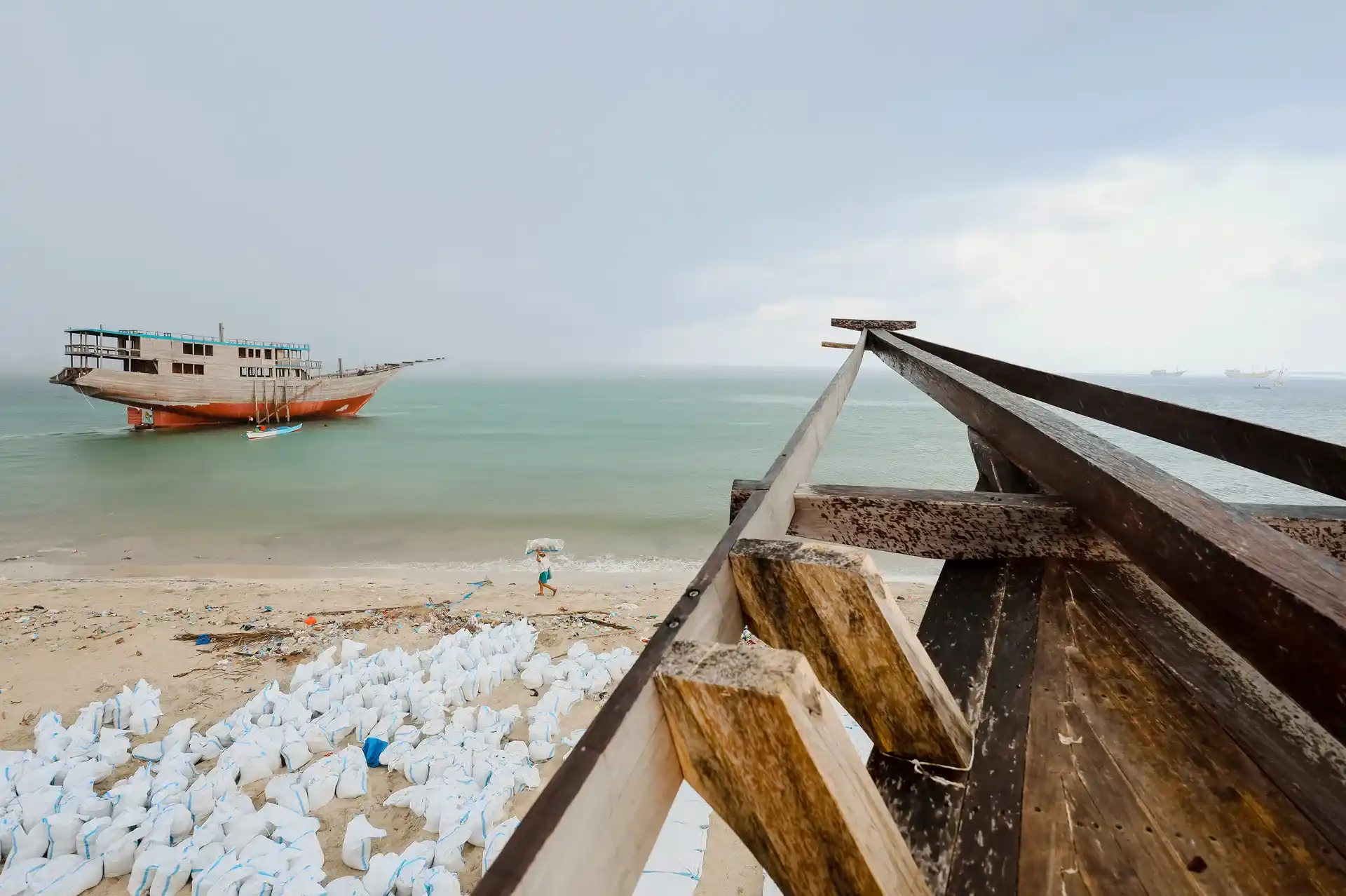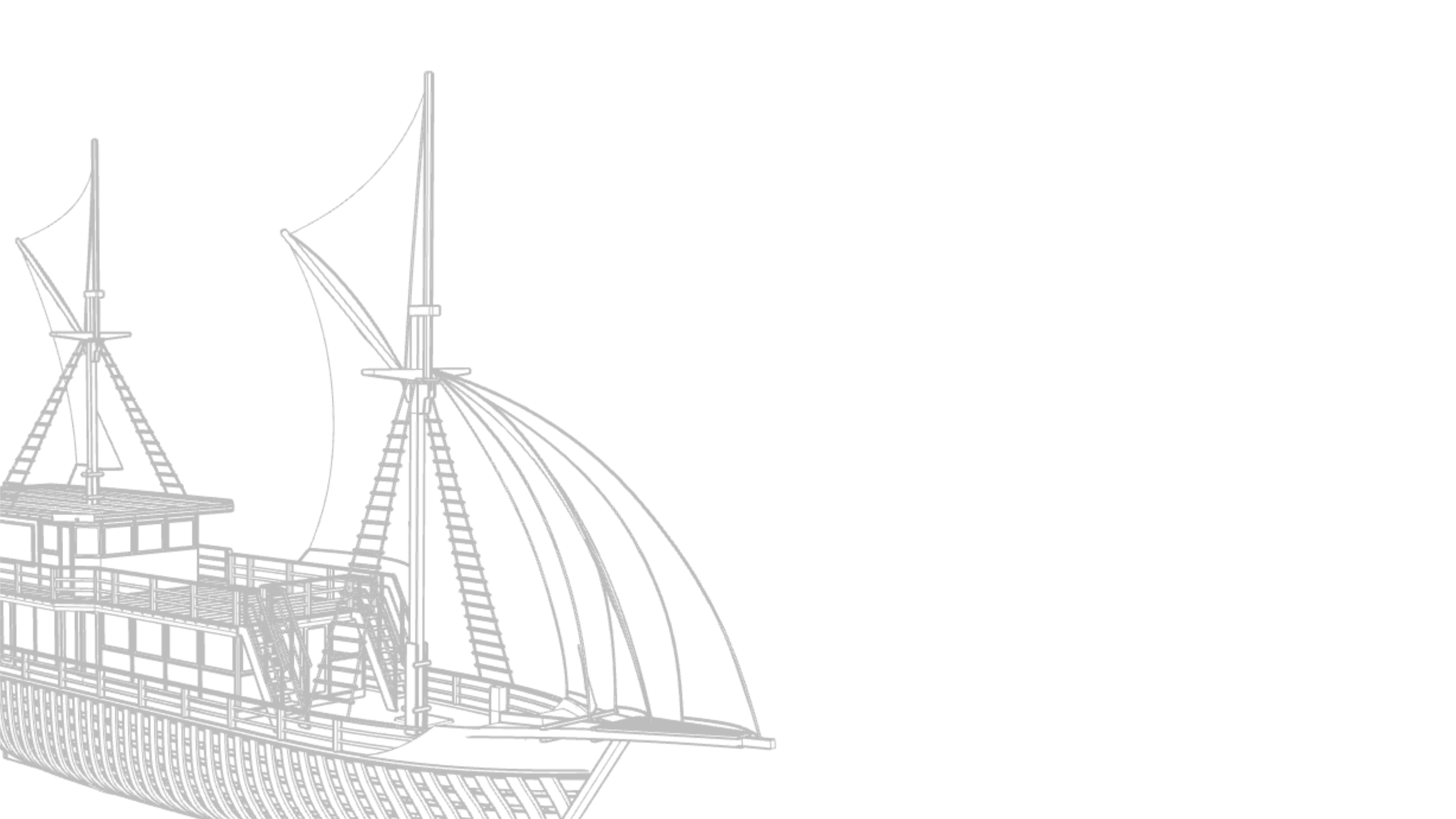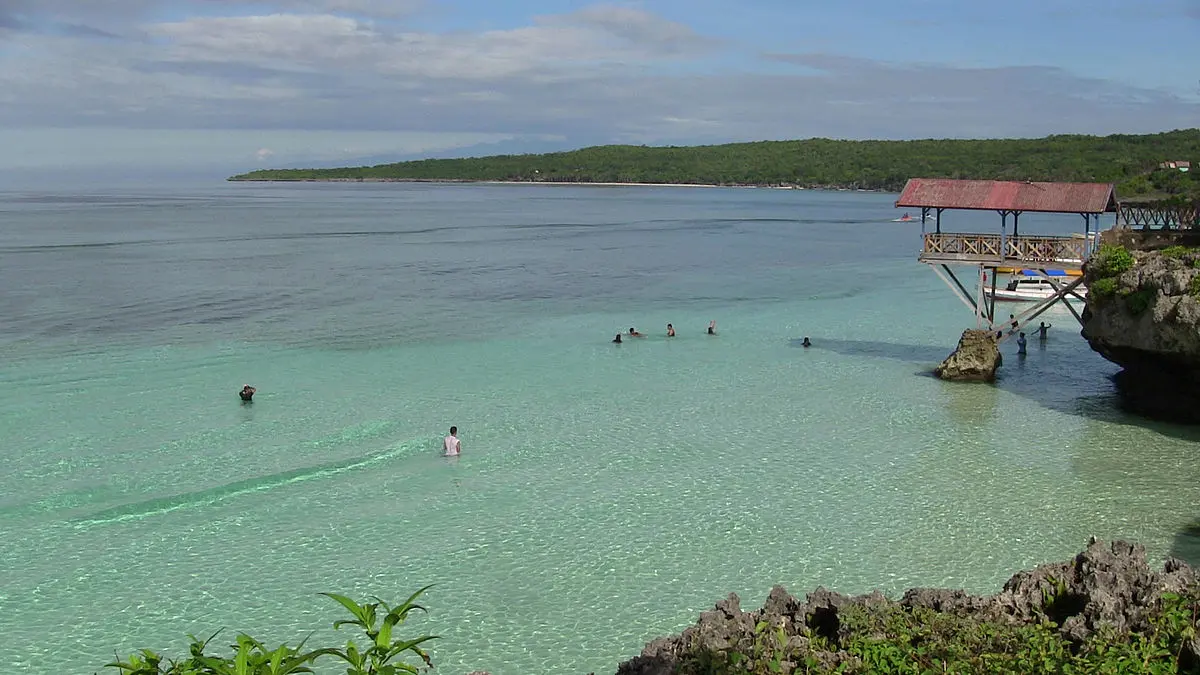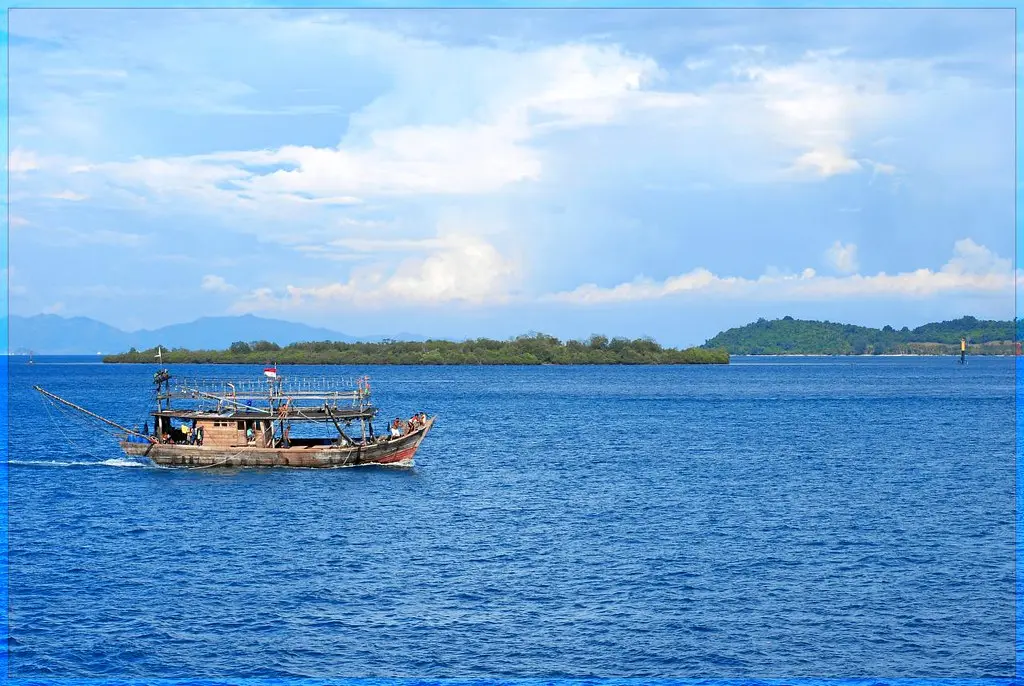Inside the Maritime Heritage of Bulukumba: Where Phinisi Ships Are Born

The maritime heritage of Bulukumba is more than shipbuilding, it’s a living tradition of craftsmanship, community, and deep cultural ties to the sea. Tucked in South Sulawesi, this region is the birthplace of the iconic Phinisi ship, honored by UNESCO.
But what exactly makes Bulukumba so vital to Indonesia’s maritime identity?
Where Is Bulukumba and Why Is It Famous for Ships?
Bulukumba lies in South Sulawesi, along Indonesia’s eastern seaboard. One of its coastal villages, Tana Beru, is globally recognized for its wooden shipbuilding culture that has spanned centuries. Here the reason why ships famous in Bulukumba:
- Phinisi shipbuilding has existed here since at least the 14th century.
- Families build vessels without blueprints, guided by ancestral memory.
- Shipyards stretch along the sand, where you can watch boats take shape from logs.
- Tana Beru is often referred to as the "cradle of Indonesian maritime craftsmanship."
Read Also: How Indonesia’s Traditional Boat Builders Are Preserving Culture
Why Is Bulukumba Important in Indonesia’s Maritime History?
Bulukumba holds a vital place in Indonesia’s maritime history as the heartland of traditional wooden shipbuilding. Here, generations of master builders craft Phinisi boats by hand—preserving skills, rituals, and sea-bound knowledge that date back centuries.
- Home of Traditional Shipbuilding
Bulukumba, with Tana Beru as its epicenter, is famously recognized as the birthplace of the Phinisi, Indonesia’s signature wooden sailing ship. The Phinisi’s heritage dates back at least to the 14th century, making Bulukumba a cornerstone of Indonesia’s nautical craftsmanship. The region’s shipyards, located on sandy coastlines, visually narrate centuries of uninterrupted boatbuilding practice.
- Living Heritage of Wooden Shipbuilding
Bulukumba preserves one of the world's last large-scale, active traditional wooden boatbuilding cultures, operating without blueprints or modern technical drawings. Builders rely entirely on oral tradition and hands-on knowledge, showcasing a living craft where measurements, hull curvature, and joinery are memorized and perfected through repetition and intuition.
- Deep Cultural Significance
Each Phinisi embodies a fusion of spiritual rituals, social roles, and ancestral knowledge. Key rites such as keel-laying ceremonies and adherence to sea taboos embed the ship within a sacred framework that honors ancestors and maritime spirits, fostering a profound cultural resonance that extends beyond functionality into community identity and cosmology.
- Built Entirely by Hand
Phinisi construction employs hand tools such as adzes, chisels, and gouges, and utilizes premium natural materials like ironwood (kayu ulin), teak (jati), and natural resins. This manual craftsmanship enhances durability and flexibility, critical for navigating the varied and often challenging Indonesian seas.
- Vital to Maritime Trade & Culture
Historically, Phinisi ships were instrumental in connecting the Indonesian archipelago’s islands. They carried vital commodities, including spices, timber, textiles, and rice, facilitating trade and cultural exchange that shaped the maritime economy. Their speed, stability, and cargo capacity made them indispensable for centuries.
- Recognized by UNESCO
In 2017, the cultural significance of Phinisi boatbuilding was globally affirmed when UNESCO inscribed the tradition as an Intangible Cultural Heritage of Humanity. This recognition underscores the importance of safeguarding the craftsmanship, oral traditions, and community practices that sustain this age-old maritime art.
- Still Relevant Today
Beyond their historical roles, Phinisi boats have adapted to contemporary needs. They now serve in eco-tourism, liveaboard cruises, and cultural voyages—to locations like Komodo and Raja Ampat—bridging heritage with modern sustainable tourism. This evolution ensures that the Phinisi and its builders remain vital contributors to Indonesia’s maritime culture.
Phinisi: The Icon of Bulukumba Maritime Identity
The Phinisi isn’t just a ship—it’s the soul of Bulukumba’s maritime identity and a proud emblem of Indonesia’s seafaring traditions. Originating from the Bugis and Makassar people of South Sulawesi, the Phinisi blends skilled craftsmanship with deep spiritual meaning, passed down through generations.
Why the Phinisi stands out:
1. Unique Symbolism in Design
The traditional Phinisi is equipped with two towering masts and seven sails, a layout believed to symbolize the seven layers of the heavens in Bugis cosmology or the “seven seas” sailed by their ancestors.
This isn’t just functional—it’s spiritual. Every curve, sail, and joint carries meaning tied to local beliefs and seafaring wisdom.
2. Built Entirely by Hand
What sets the Phinisi apart is how it’s built—without blueprints, relying instead on the oral knowledge, muscle memory, and experience of master builders.
Each boat is a reflection of intergenerational collaboration, with skills honed over a lifetime. Shipyards like those in Tana Beru, Bulukumba, are among the few places in the world where this is still practiced at a large scale.
3. Guided by Ritual and Respect
Phinisi construction is sacred. From laying the keel to launching the ship, rituals, sea offerings, and spiritual taboos are followed to honor the spirits of the sea and seek protection for future voyages.
The presence of elders and spiritual leaders during the process underlines its communal and ceremonial importance.
4. A Living Legacy
Today, Phinisi boats continue to sail—no longer just as cargo vessels, but as ambassadors of Indonesian culture.
They are used in eco-tourism, cultural voyages, and diving expeditions in Komodo, Raja Ampat, and beyond. But no matter where they go, their heart remains in Bulukumba.
Read Also: Indonesia Called a Maritime Country: History, Culture, and Economy
How are Traditional Boats Made in Bulukumba?
In Bulukumba, shipbuilding is passed down orally through generations. No plans. No software. Just lived experience. Wondering how it works without blueprints? Check out the steps below.
1. Knowledge is Passed Orally—No Plans, Just Experience
In Bulukumba, traditional boatbuilding is a craft grounded in generations of oral knowledge rather than written plans or blueprints. They learn by observing closely, listening attentively, and practicing hands-on under the guidance of masters.
Everything from boat dimensions to hull shapes is held in memory, refined through repetition and intuition.
2. Intuition and Ritual Guide the Build
Master builders—called Panrita Lopi—use more than tools; they use intuition. They rely on what their bodies have memorized over years of shaping wood. Spiritual guidance is equally important.
Before major steps like laying the keel or raising the masts, rituals and blessings are performed to ensure the sea spirits are honored and the journey ahead is protected.
3. Tools and Materials Are Time-Tested
Rather than industrial machinery, builders use simple, durable tools: adzes to shape hulls, chisels and gouges for fine detailing, and hand saws to cut planks. These tools allow for precision while preserving the traditional handcrafting process.
The materials are equally important—ironwood (kayu ulin) and teak (jati) are favored for their strength, water resistance, and long lifespan, making them ideal for enduring ocean voyages.
4. It Begins with a Sacred Keel-Laying Ceremony
Every boat starts with the keel, known as the vessel’s “backbone.” But in Bulukumba, laying the keel isn’t just technical—it’s spiritual.
A ritual is held, involving offerings, prayers, and sometimes animal sacrifices, led by a community elder or spiritual guide. This ceremony is believed to invite good fortune and ensure the safety of all who sail aboard.
5. Every Step Is Infused with Cultural Meaning
Throughout the construction, taboos and customary rules are followed. For example, certain words cannot be spoken near the ship, and only selected individuals may perform specific tasks.
The boat is treated with respect—almost as if it is a living being. The process is communal, involving not just the builders but also families and local residents, who view each new ship as a shared achievement and symbol of identity.
Tourism and Revival: Keeping the Tradition Afloat
As the world rediscovers slow travel and authentic experiences, the Phinisi finds a new purpose. Once vital to Indonesia’s spice trade, these handcrafted boats now sail again—this time as vessels of cultural connection and eco-conscious exploration.
- Phinisi cruises operate in Komodo, Raja Ampat, and beyond, offering luxury expeditions through untouched marine landscapes.
- Cultural travelers are drawn to immersive heritage experiences—from witnessing boat construction to joining rituals or even sailing aboard a Phinisi.
- Shipyard tours and hands-on workshops in Bulukumba provide rare chances to engage directly with master boatbuilders and learn about their tools, materials, and ancestral techniques.
- This revival not only supports tourism but sustains the craft itself, ensuring that local knowledge continues to be passed down through generations.
The maritime heritage of Bulukumba isn’t frozen in time—it sails forward every day. From handcrafted hulls to sea-bound ceremonies, this living legacy embodies Indonesia’s cultural richness, resilience, and reverence for the ocean.
The question is—will you just read about it, or experience it?
Read Also: A Complete History of Indonesia Maritime Timeline and Its Global Legacy
Witness the Maritime Heritage of Bulukumba at Riara Marine
If you want to go beyond sightseeing, Riara Marine invites you into something truly immersive. At Workshop Tour you will learn about:
- Watch Phinisi construction unfold—step by step—from raw timber to majestic sails.
- Meet master boatbuilders who carry generations of maritime knowledge.
- Try shaping wood, tying ropes, or carving details under expert guidance.
This isn’t a museum—it’s a living classroom by the sea, where heritage is still being built. Book your visit to Riara Marine today and become part of Indonesia’s living maritime legacy.



